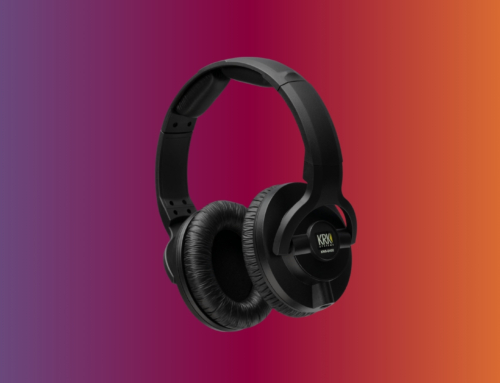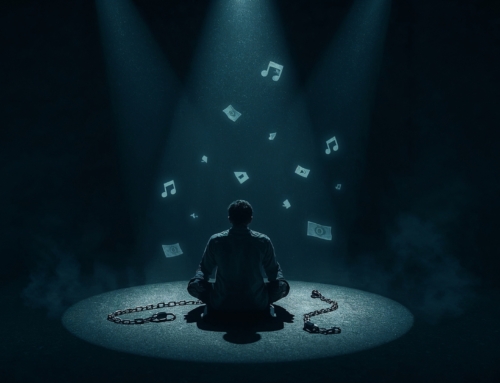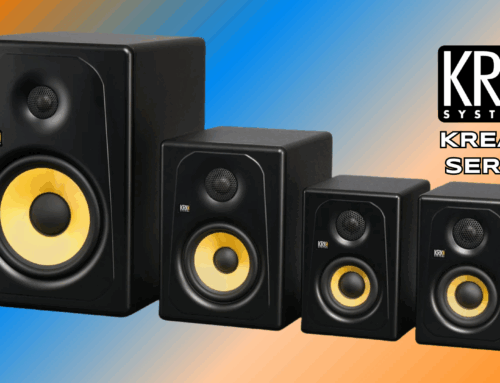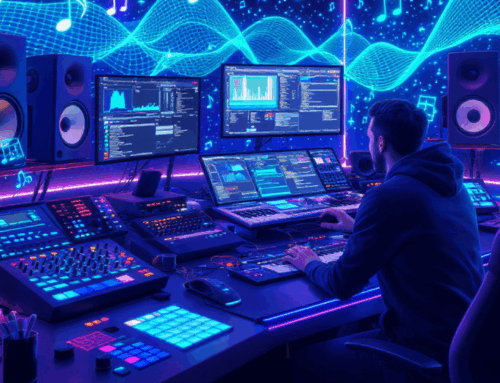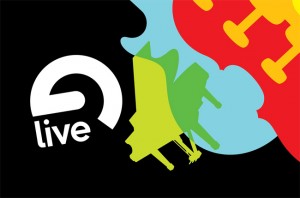 From humble beginnings nearly a decade ago, Ableton Live has matured into a very serious DAW and performance platform with an army of slavering fans worldwide. On stage, it’s used by a breathtaking roll call of diverse artists from Sasha, Daft Punk and Deadmau5 to Jan Jalinek, Jamie Lidell and Vijay Iyer.
From humble beginnings nearly a decade ago, Ableton Live has matured into a very serious DAW and performance platform with an army of slavering fans worldwide. On stage, it’s used by a breathtaking roll call of diverse artists from Sasha, Daft Punk and Deadmau5 to Jan Jalinek, Jamie Lidell and Vijay Iyer.
So what’s the big deal? And, knowing full well that nothing’s too good to be true – what are the pitfalls? We take a brief overview of the pros and cons of this modern powerhouse.
To start on a happy note, Live is flexible. Its Session View heralded a new way of interacting with computer music, completely eschewing the standard horizontal timeline and replacing it with vertical tracks that host clips, looping sections of MIDI or audio data perfect for tweaking on the fly. This alone has been enough to differentiate Live from its many competitors through the years, offering a simple way of dissecting music and mashing into something else entirely.
Aside from the need to familiarize yourself with this whole new way of thinking about your work, the downside to this is that writing in loops can be a bit of a slippery slope for a lazy producer. Rather than concentrate on the musicality and flow of a set, it’s only too easy to keep fiddling with the sound you already have, ad infinitum. Fun in the bedroom; boredom and suicide on stage.
Fortunately, Live can be customized in ways that no other DAW can. Aside from ridiculously simple, spontaneous MIDI assignments and live track resampling, Live’s very API is open to manipulation, using the add-on Max For Live. With this toolset, you can not only build your own instruments and effects, you can get into the guts of the way Ableton actually works.
Despite this broad approach to innovation, though, Live lacks some brutally obvious features, like proper MIDI support. At the time of writing, we’re at version 8.2.2 and Ableton still refuses to read SysEx messages at all, and provides only the most rudimentary implementation of Program and Bank Change messages. The infamous MIDI Clock Sync Bug may or may not be finally resolved by the time you read this, but it has plagued users on stage and in the studio for years.
Speaking of MIDI, the included instruments and effects haven’t aged terribly well, either. Granted, they’re fun and easy to use, especially with a well-mapped hardware controller, but they were never up to the level of, say, Cubase’s synths or Logic’s effects. And by 2011, they’re starting to sound a bit flat, a bit prosaic, a bit… General MIDI.
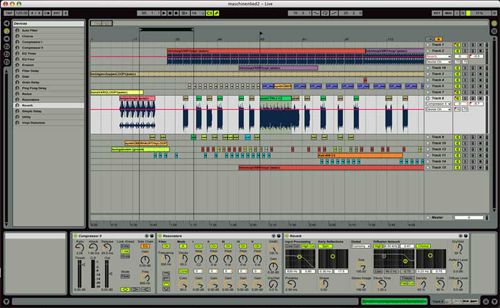
What Live lacks here, though, it overcompensates for in a hundred other ways – I could go on about the platform’s strengths, about the way it inspires creativity, for much, much longer than I could nitpick its weaknesses. I’ll spare you, though, and leave you with one final thought: the tech support is fantastic. From the integrated tutorials and now hefty, but still readable user manual, to friendly, knowledgeable support staff, the effort to backend the software with capable, accessible human beings makes a big difference in an industry that seems mostly content to become more and more faceless as it matures. And I like to think this is what really gives Live its name.

